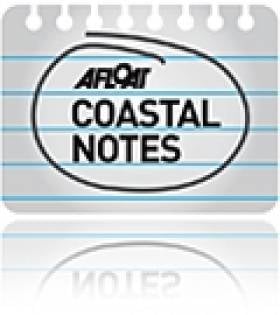Displaying items by tag: photographs
Skibbereen Caught By a Lens
#Rowing: The West Cork arts centre, Uillinn, is hosting an exhibition of images of Skibbereen Rowing Club. Photographer Debbie Heaphy recorded the action at the club for four years, often accompanying coach Dominic Casey in his launch on early morning training sessions. “Having spent the last four years with these athletes, I am totally in awe of the resilience, focus and commitment of these young people. I have watched them strive to achieve what, at times, would seem to be unreachable goals,” Heaphy said.
The year 2015 was a very successful one for the club, with 17 Skibbereen athletes rowing for the Irish national squad, and two rowers, brothers Gary and Paul O’Donovan, qualified for the 2016 Olympic Games in Rio de Janeiro.
This exhibition is a compilation of what Heaphy regards as her best photographs from her time at the club. “I hope to portray the intensity of training and the essence and sense of place of the Ilen River, and also a snap shot of the unique and extraordinary journey of the boys and girls from Skibbereen who are determined to take on the world.”
There is a limited-edition book of photographs and essays on sale. Sales of this publication and the photographs on exhibition will go towards raising funds for the club.
The book also be purchased directly from www.skibbereenrowingclub.com or www.debbieheaphyenvironment.com
New Book Documents History of Down Coastal Towns
#COASTAL NOTES - A new book detailing the "colourful history" of Helen's Bay and Crawfordsburn in north Down has been launched, the News Letter reports.
Twixt Bay & Burn features a number of rare photographs among interesting and little-known facts about the coastal area from the 17th century to today.
Also documented in its pages are the memories of over 50 residents going back to the 1920s, highlighting the area's contributions to the Second World War effort.
Robin Masefield, who compiled and edited the book, described it as a "labour of love".
The News Letter has much more on the story HERE.






























































